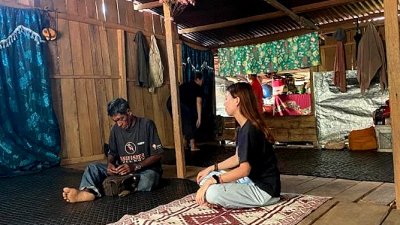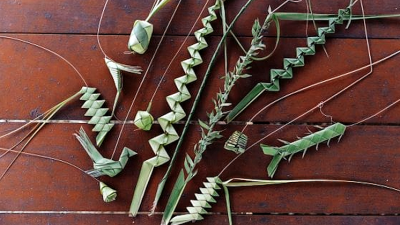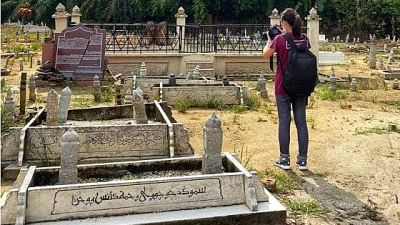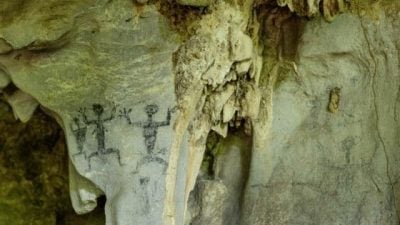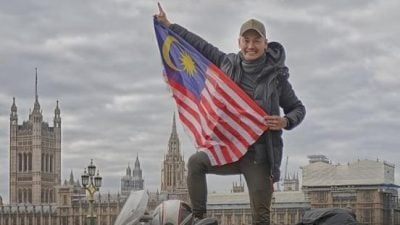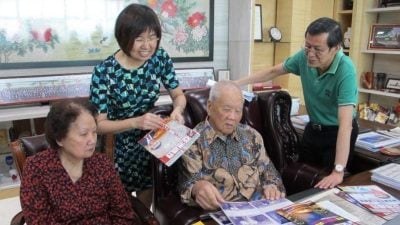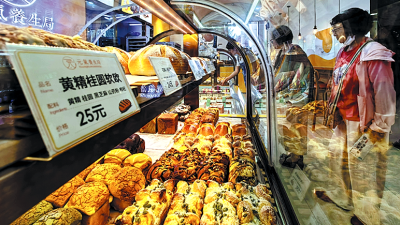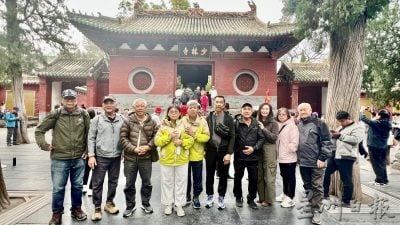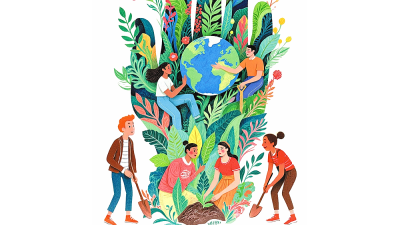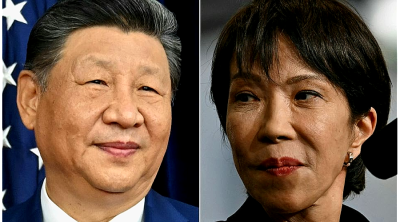After knowing the indigenous communities for some time, one may notice an unusual phenomenon: while the mainstream continues with the “divide and rule”, a legacy left by the British colonials, indigenous people living in remote areas have long been intermarrying with different ethnic groups.
Their physical appearances, skin tones, languages and customs defy traditional anthropological classifications, making it difficult to categorise them based on conventional physical or linguistic standards. Even their names often lack a standard logic or pattern.
Recently, during a fasting month, a Malay uncle attacked a Chinese man for eating in public.
The Malay uncle demanded to see the Chinese man’s identity card and even slapped him – simply because he “looked like a Muslim.”
The incident sparked a national debate, but I have mixed emotions, as this man’s experience reflects the day-to-day life of the indigenous people.
Most of the indigenous people in Malaysia have at least two names. The first is their “internal name” (nama dalam), usually linked to their birthplace or physical traits.
Older generations of indigenous people, many of whom were born in the forest, often received names inspired by plants, such as Serdang, Nipah, or Kantan.
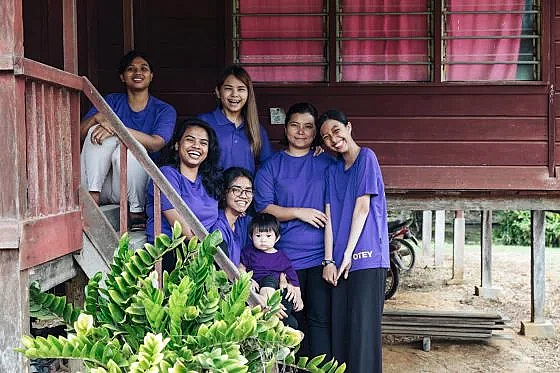
If the birthplace lacks notable features, a strong child may be named Lembu (cow), while a child with single eyelids may be called Sepet (a colloquial term for small eyes).
Capitalism gradually introduces foreign products into the indigenous villages and names are related to the products.
Some children were named after objects – those born in cars were called Kereta, while a newborn whose mother wore Adidas shoes during labour might be named Adidas.
Catchphrases also served as inspiration – if a baby frequently babbled something like “mongmong,” it could end up as his internal name.
The second name is the “external name” (nama luar), which typically resembles common Malay or Muslim names.
The key difference is that their identity cards may not indicate Islam, as they could be Christian, Buddhist, Hindu, Bahai, or practitioners of animism.
Since “internal names” are village secrets and indigenous people may not be familiar with each other’s “external names,” I often found myself on a scavenger hunt in different villages, showing photos and describing facial features just to locate someone named Mohammad or Fatimah.
A key question arises: if these indigenous people are not Muslims, why do they still use Malay names?
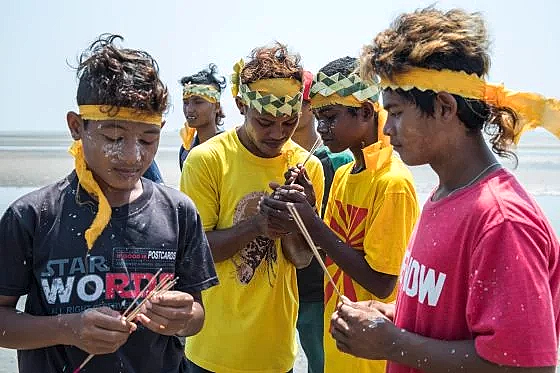
Who are you? This is the question the indigenous people are being asked throughout their life.
During my research in a Jakun community, I once waited in a dimly lit house at dusk as the person in charged of buying petrol had not arrived. I noticed a mother and daughter were resting nearby.
When the generator was switched on which luminated the entire wooden house, I was surprised to see the mother and daughter looked like the Chinese!
The mother took the initiative to introduce herself: “My name is Mariam anak kepada Lim Ah Keong. My father is Chinese, my mother is Jakun. I can speak a little Chinese because I work at a Chinese temple. I even perform spirit-trance rituals for Guanyin!”
During dinner, everyone sat cross-legged on a mat next to the kitchen. Someone made coffee and tea, one grilled a large pot of fish, and another fried a few dishes of vegetables.
I did not help but extend my hands to accept the food and shelter provided by these people.
While chatting, I also accidentally overheard the daily troubles of the indigenous people.
Someone complained: “I was stopped by a Malay policeman on the road that day and said he wanted to check my identity card. He suspected that I was an Indonesian migrant worker without a permit, but I angrily retorted that I existed before you came to Malaysia!”
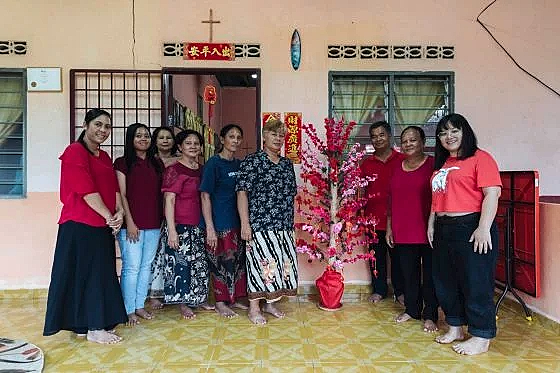
Another indigenous person, who looked like a Malay, chipped in:
“People always ask me why I don’t wear a headscarf. Especially during Ramadan, they question why I’m eating. I’m not even Muslim! But I don’t care anymore – I love wearing a baju kurung to restaurants and eating openly in public!”
As laughter filled the room, Mariam added: “Since young people have asked if my name is written incorrectly – why does my ‘Malay name’ have a Chinese surname?
Sometimes, I am denied of indigenous benefits because they say I’m not indigenous. But I grew up in an indigenous village – how am I not indigenous?”
The lack of a standard naming system for indigenous people
For administrative purposes, the government of Malaysia enforces distinct naming conventions for different ethnic groups.
Malay Muslims follow a patronymic system, incorporating bin (son of) or binti (daughter of).
Chinese people use surnames based on ancestral lineage, while Indian names also follow a patronymic system, but use A/P (Anak Perempuan, daughter of) or A/L (Anak Lelaki, son of) instead of bin or binti to differentiate from Muslim names.
In contrast, indigenous naming conventions are far more complex – or rather, the government does not have a standard system for them.
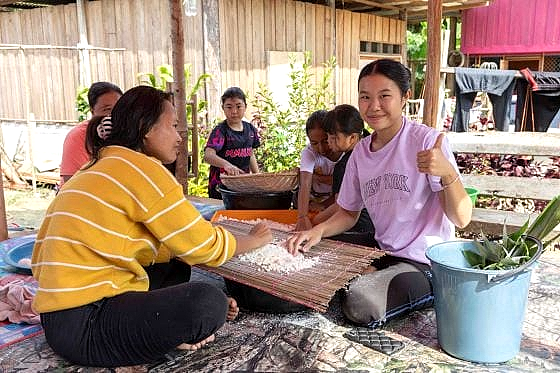
Since the National Registration Department often finds indigenous “internal names” too unconventional, or absurd to the officials, they “encourage” the indigenous people to adopt Malay names or even secretly insert bin or binti into their identity cards, causing further confusion.
Different states enforce different rules regarding indigenous names. Some states mandate the use of bin or binti, while others allow the A/P or A/L format.
Some states have introduced the more neutral Anak kepada (child of) as a compromise.
The naming process becomes even more arbitrary when it involves mixed heritage.
I once met a man of Jakun-Chinese descent whose father was named Tan Ah Lek.
To preserve both his indigenous status and Chinese heritage, his family decided to register his name as Tan Jun Hao Anak kepada Tan Ah Lek instead of using a typical Malay name with a Chinese surname.
This patchwork approach to naming left me astonished every time I attempted to map out the indigenous family trees. Yet, my indigenous friends simply laughed it off:
“Ah, we’re already used to having messy names!”
More on the Echoes of the Forest
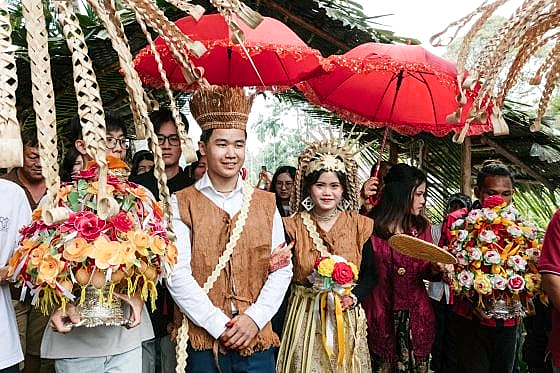
(Yi Ke Kuik is a Master’s student in Anthropology at National Taiwan University focusing on issues related to indigenous people in Peninsular Malaysia. Founder of myprojek04 photography initiative and writes for a column called Echoes from the Forest (山林珂普) in Sin Chew Daily, highlighting the photos and stories of indigenous people.)
ADVERTISEMENT
ADVERTISEMENT







